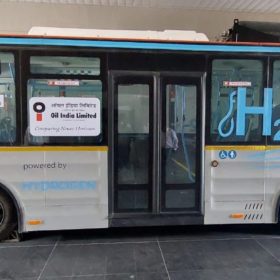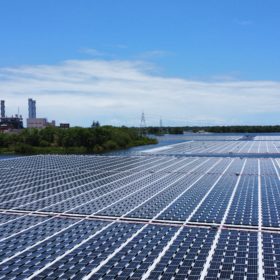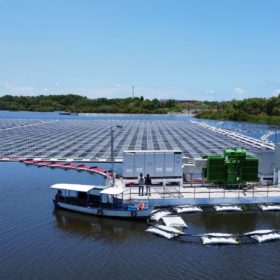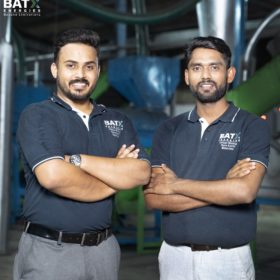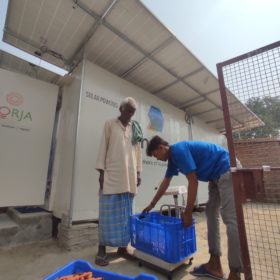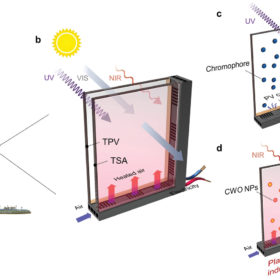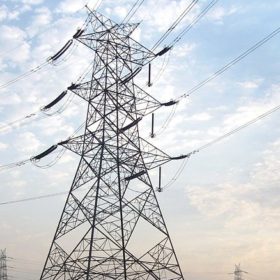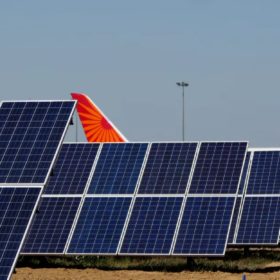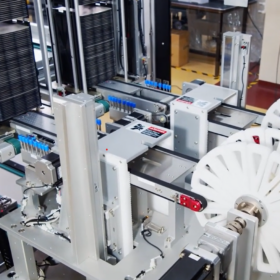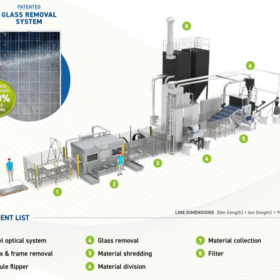Oil India completes beta demo for hydrogen-powered bus
Ohm Cleantech, a startup incubated by Oil India, has developed a 9-meter hydrogen fuel cell bus that can cover 450 km on a single refill. The bus will start appearing on roads in Assam’s Kaziranga Nation Park in the months ahead.
Novel floating PV system design from Norway
Norwegian scientists have tested a new floating PV system concept at a water reservoir in Sri Lanka. The system is made of composite beams to support the solar panels and high-density polyethylene (HDPE) pipes to provide buoyancy.
Tata Power switches on India’s largest floating solar project
Tata Power’s solar manufacturing and EPC arm has commissioned a 101.6 MWp floating solar project on a waterbody in the backwaters of Kerala. The execution team completed the massive installation within the stipulated time.
NTPC’s 92 MW Kayamkulam floating solar project now fully operational
The 92 MW Kayamkulam floating solar project in Kerala is now fully operational, with its last-part capacity of 35 MW commissioned recently.
BatX Energies raises $1.6 million to expand battery recycling
Vikrant Singh, co-founder and CTO of BatX Energies, told pv magazine that the company would use the funds to scale up its capacity, with plans to launch material production from end-of-life lithium batteries on a commercial scale. It will also set up recycling units in different geographies to locally produce black mass – a mixture of battery anode and cathode materials – and ship it to its India facility for battery material extraction.
ISA opens global bids for solar cold storage in Africa
The International Solar Alliance (ISA) is overseeing bids from prospective contractors to supply, install and commission solar cold storage capacity in Senegal, Sudan, and Seychelles. Bidding is also open for two 2 MT systems in Djibouti.
Solar window generates electricity, thermal energy
A research team in Hong Kong has built a solar window that can generate power on the external side via a luminescent solar concentrator and thermal energy on the internal side via transparent solar absorbers.
Discom dues liquidation to help realize INR 9,000 crore receivables for renewables sector
The receivables period for leading renewable energy generators can reduce by 40-50 days from the current 180 days, by March 31, 2024.
Delhi airport becomes India’s first aviation hub to run on solar, hydropower
Indira Gandhi International Airport (IGIA) in Delhi meets 6% of its electricity requirements from onsite solar plants, and the remaining 94% from hydropower.
Vertical rooftop PV pilot goes online in Norway
Over Easy Solar AS has developed a rooftop PV system with two generation peaks – one in the morning at 11 am, and one in the evening at 7 pm. It has been deployed on a school building.
